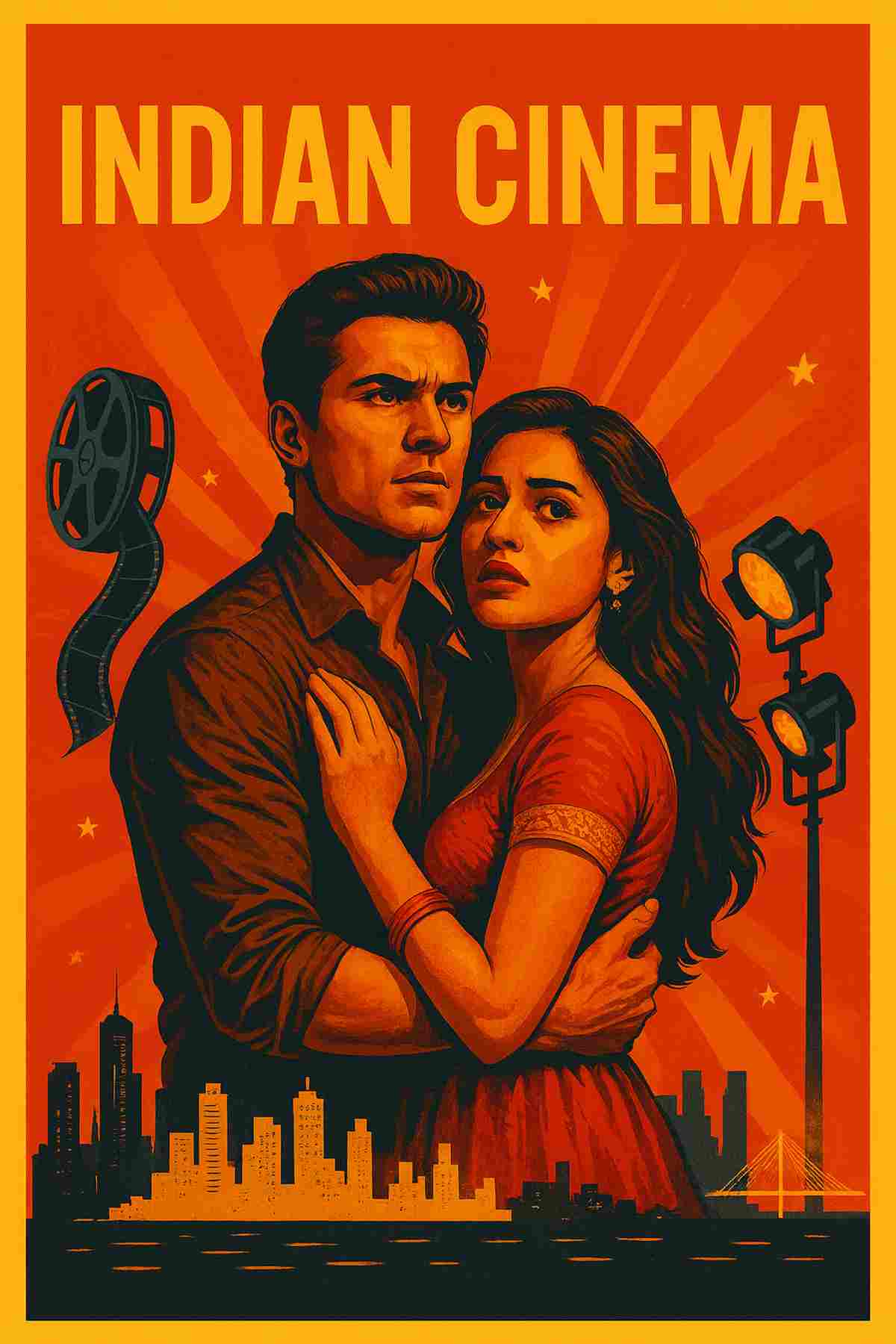In 2025, Indian cinema feels like a living organism stretching across languages, moods and audience expectations. On one hand, mass entertainers and pan Indian blockbusters dominate box offices with thunderous fanfare. On the other, smaller titles and award circuits demand attention for their daring, heart and regional flavor. Together they weave the full tapestry of what is happening in Indian Cinema this year.
At the top of the charts right now is They Call Him OG, the latest vehicle of Telugu megastar Pawan Kalyan. Despite mixed critical reception, the film roared past major milestones within just a few days, propelling it into mass entertainer status and reminding everyone how much star power still matters. Its performance underscores the continuing strength of South Indian films in shaping national box office trends and setting the tone for how the rest of the industry reacts.
Hindi cinema has its own compelling stories. The courtroom satire Jolly LLB 3, starring Akshay Kumar, has surged back into the spotlight, crossing impressive benchmarks after displaying strong second weekend growth. That kind of bounce, when weekday fatigue gives way to renewed interest, indicates that audience appetite is more unpredictable than ever. In a year when July already became the highest grossing month in India’s box office history, thanks to a wave of diverse releases, the field remains wide open for surprise hits to emerge.
But the real king of 2025 so far is Chhaava, the sweeping historical action epic starring Vicky Kaushal, Rashmika Mandanna and Akshaye Khanna. Directed by Laxman Utekar, Chhaava has stormed past global benchmarks, cementing itself among the highest grossing films of the year. Its success is a testament to how strong narratives rooted in regional history, delivered with spectacle and scale, can resonate across multiplex audiences from Mumbai to Chennai. Viewers are clearly rewarding films that dare to root their grandeur in cultural specificity.
Animation, often overlooked in India, is also carving a space in theaters this year. Mahavatar Narsimha has already earned impressive worldwide numbers, marking a resurgence, or at least a fresh push, for Indian animation on the big screen. The film’s success signals that when animation is paired with mythology, visual spectacle and emotional depth, audiences respond in droves. It is no longer seen as a genre only for children, and that shift is being noticed both by filmmakers and studios planning their next slates.
Awards and Recognition
The awards circuit is delivering moments that echo across social media and the industry alike. At the 71st National Film Awards, Shah Rukh Khan won his first ever Best Actor trophy for Jawan, a milestone after decades of superhit films without recognition in that category. Rani Mukerji also earned her first National Award for her performance in Mrs. Chatterjee vs Norway. These wins reinforce that prestige and mass appeal are no longer fully separate. They can converge, and that convergence is becoming more visible in conversations around careers, legacies and the kinds of stories India wants to celebrate.
Beyond the box office and awards, another undercurrent is shaping how films are being conceived. Producers are increasingly voicing concerns about unsustainable budgets, particularly the trend of star salaries consuming the lion’s share of production costs. When the majority of a budget is tied up in big names, there is little left for script development, technical innovation or marketing. The call to rebalance budgets resonates with many in the industry who want storytelling to breathe again and prevent creativity from being overshadowed by celebrity fees.
The Road Ahead
Looking at what audiences are seeking, there is a clear hunger for diversity. Mythological epics, courtroom dramas, regional blockbusters, animation spectacles and even international titles are all making their mark in Indian theaters. Japanese anime films and Hollywood superhero tentpoles are drawing crowds alongside Bollywood releases, proving that audiences see no boundaries between Bollywood, Tollywood, anime or Hollywood. They simply want stories that capture their imagination and provide a reason to show up.
All of this competition raises questions about sustainability. Can the next wave of filmmakers break the dominance of big budget spectacles? Will mid budget films, which once formed the backbone of Indian cinema, find breathing room in this new ecosystem? To capture that space, many regional filmmakers and indie directors are doubling down on distinctiveness, infusing their films with local flavor, emotional honesty and cultural nuance.
As the year moves deeper into its final quarter, several highly anticipated films are waiting in the wings. Kantara: Chapter 1, releasing in early October, promises to expand the mythological action genre that Kannada, Telugu and Tamil films are mastering. Also arriving is Thamma, a Diwali release for Ayushmann Khurrana, blending romance, mythology and family sentiment in ways that could connect strongly with multiplex audiences. These titles epitomize the balancing act Indian cinema now performs, between spectacle, mass reach and emotional roots.
So what should we watch for in Indian cinema from here? Expect surprises, not just in box office numbers but in the kinds of stories that break through. There is opportunity for films that disrupt formula, delivered from regional perspectives or fresh genre lenses. Trade headlines and award wins will continue to dominate conversations, but the real discovery lies in which underdog becomes the next Chhaava, or which animated world finds its cult following.
In 2025, Indian cinema is more than a collection of industries. It is a conversation in motion. The winners will not simply be the biggest films with the loudest marketing. They will be the boldest storytellers who dare to combine cultural depth with cinematic ambition. And as always, it is the audience, diverse and unpredictable, that holds the final say.









